The 1970s was more than just a decade — it was a revolution. Following the peace-and-love vibes of the late 1960s, the new decade ushered in a darker, more rebellious spirit that found its home in rock music and fashion. While rock ‘n’ roll had long been associated with youthful defiance, the 70s added a raw edge that reshaped both sound and style forever.
The Rise of Rock & Rebellion
While rebellion in rock music began in the late 1950s and exploded during the counterculture movements of the 1960s, the early 70s saw a crucial shift. The idealism of the hippie era gave way to frustration, anger, and a desire to shake up stagnant social norms.
As the sound grew louder and attitudes tougher, leather jackets, studs, and ripped denim emerged as essential pieces of 1970s Rock & Rebellion fashion. These rugged staples became visual symbols of defiance on and off the stage.
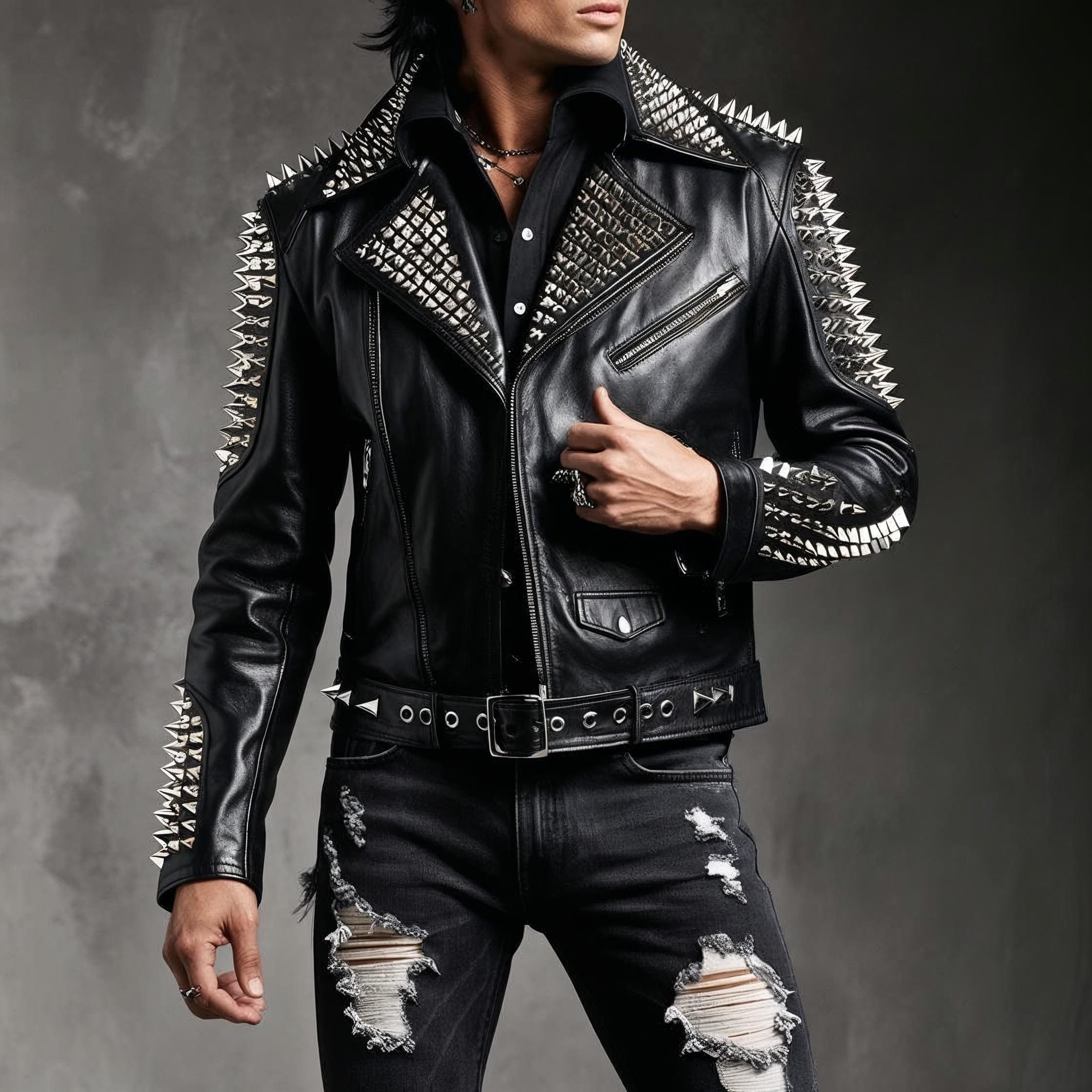
Gritty guitar riffs, powerful lyrics, and unfiltered energy shaped the soundscape of the era. From the heavy, thunderous anthems of hard rock to the flamboyant flair of glam and the furious urgency of punk, every note became a form of protest. This playlist captures the spirit of 70s rock & rebellion, featuring 21 essential tracks that defined a generation eager to break rules, push boundaries, and express themselves like never before.
1970s Rock & Rebellion
- Led Zeppelin – Whole Lotta Love (1969, but hugely influential in the 70s rock scene)
- Black Sabbath – Paranoid (1970)
- The Stooges – Search and Destroy (1973)
- David Bowie – Rebel Rebel (1974)
- T. Rex – 20th Century Boy (1973)
- The Rolling Stones – It’s Only Rock ‘N Roll (But I Like It) (1974)
- Aerosmith – Walk This Way (1975)
- Alice Cooper – School’s Out (1972)
- The Ramones – Blitzkrieg Bop (1976)
- Sex Pistols – Anarchy in the U.K. (1976)
- The Clash – White Riot (1977)
- Iggy Pop – Lust for Life (1977)
- The Runaways – Cherry Bomb (1976)
- Joan Jett (with The Runaways) – You Drive Me Wild (1976)
- Patti Smith – Gloria (1975)
- MC5 – Kick Out the Jams (Uncensored) (1969 but essential proto-punk still huge in the early 70s)
- The Damned – New Rose (1976)
- New York Dolls – Personality Crisis (1973)
- Buzzcocks – Ever Fallen in Love (With Someone You Shouldn’t’ve) (1978)
- Dead Boys – Sonic Reducer (1977)
- The Clash – London Calling (1979)
Music genres like hard rock, glam rock, and punk rock took center stage. Bands such as Led Zeppelin and Black Sabbath laid the foundations for heavier rock sounds, while David Bowie and T. Rex ushered in glam’s flamboyant and gender-defying aesthetics. But as the decade progressed, punk exploded, rejecting even the artifice of glam. Punk bands like the Sex Pistols and The Clash represented pure rebellion, both in their music and in their 70s outfits — torn tees, safety pins, ripped denim, and leather jackets became the unofficial uniform of discontent.
What Made the 1970s Different?
The 70s were unique because rebellion became mainstream. Unlike the underground movements of the 60s, rebellion was now on magazine covers, television, and radio stations. Fashion became far more daring and inclusive of subcultures.
In the UK, designers like Vivienne Westwood led the charge, giving birth to punk through provocative styles that shocked and inspired. Her daring designs played a central role in defining the rebellious fashion language of the era.
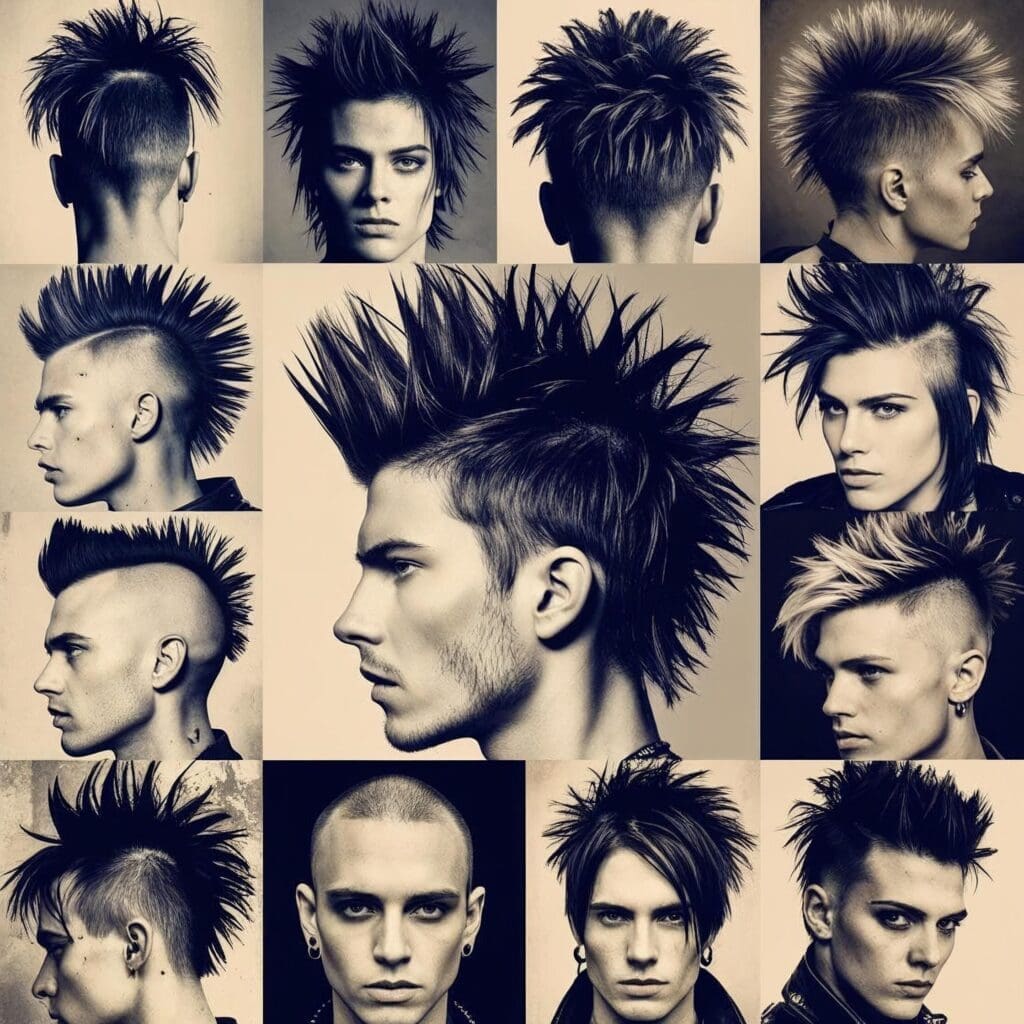
While 70s hairstyles during glam rock celebrated extravagance with huge, styled hairdos and glitter, punk’s arrival flipped this on its head. Messy, spiky hair or shaved styles became symbols of anti-establishment. Unlike previous decades where beauty standards were rigid, the 1970s allowed — and even celebrated — imperfection and chaos.
Political unrest, economic hardships, and disenchantment with government fueled this attitude. Youth needed a voice, and rock music — along with its accompanying 70’s Rock & Punk outfits — gave them just that. This period birthed 70s Rock & Punk fashion that embraced the gritty and the provocative.
New Trends and Innovations
The 1970s saw several firsts in fashion. DIY aesthetics took hold thanks to punk culture. People no longer relied solely on designers; they became designers themselves, customizing jackets, tees, and jeans.
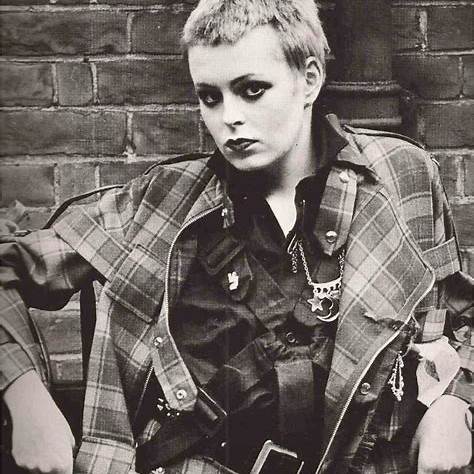
DIY style went beyond torn jeans and custom jackets. Band tees and safety pins became everyday badges of rebellion — personalized and often politically charged statements that fans wore proudly in punk clubs and beyond.
Unisex fashion gained popularity too, driven by glam rock’s androgynous stars. Men and women alike wore makeup, sequined outfits, and platform shoes, challenging gender norms in ways that were groundbreaking.
Additionally, hairstyles became more expressive than ever. From Farrah Fawcett’s feathered locks to Joan Jett’s shag cut and Sid Vicious’ spiky punk hair, Rock & Punk 70s hairstyles became vital parts of personal style and rebellion.
Stars Who Defined Rock & Rebellion
No star better embodied the spirit of 1970s Rock & Rebellion than David Bowie. Through his Ziggy Stardust persona, Bowie blurred the lines between music, fashion, and identity. His bold use of makeup, futuristic 70s outfits, and avant-garde sound created space for self-expression without boundaries.
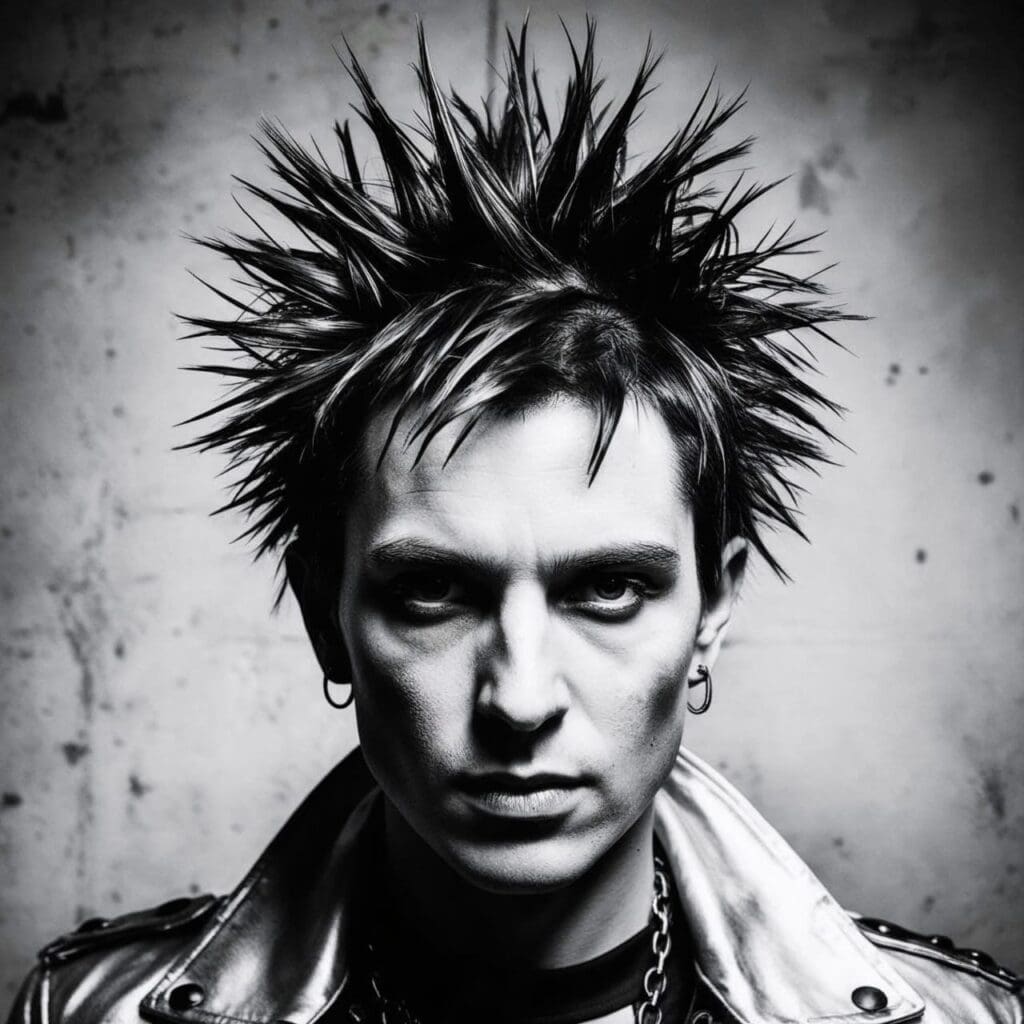
On the punk side, Sid Vicious of the Sex Pistols became an icon of raw rebellion. His unpolished look — ripped shirts, studded leather jackets, and disheveled hair — perfectly captured the anger and chaos of late 70s punk.
Other notable names included Debbie Harry of Blondie, who combined punk with New York cool, and Joan Jett, whose leather-clad rock image became legendary.
To sum it up the 1970s was a decade of contradiction — glamorous yet gritty, extravagant yet minimalist, free-spirited yet angry. Through Rock & Punk 70s fashion & outfits and bold 70s hairstyles, Rock & Rebellion became more than a trend; it became a way of life. From the glittering stages of glam rock to the dingy clubs of punk, the decade forever changed how fashion and music intersected to create cultural revolutions.
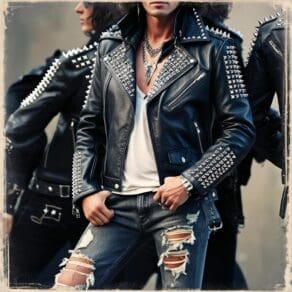
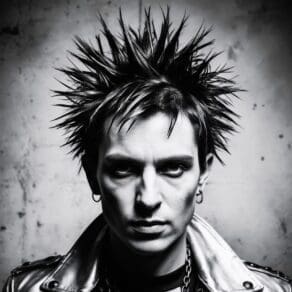

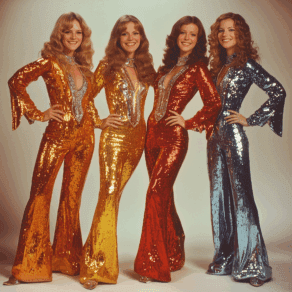

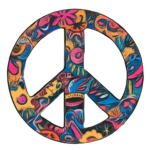
Leave a Comment